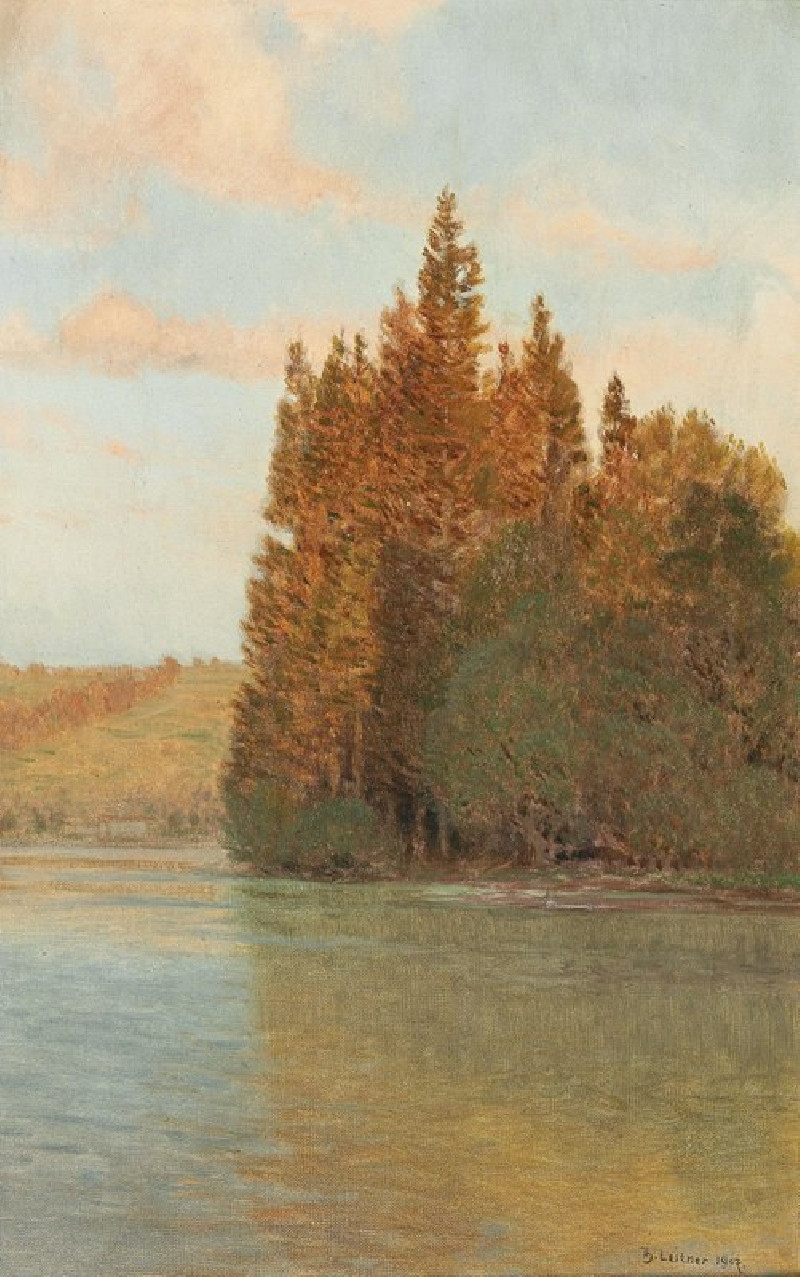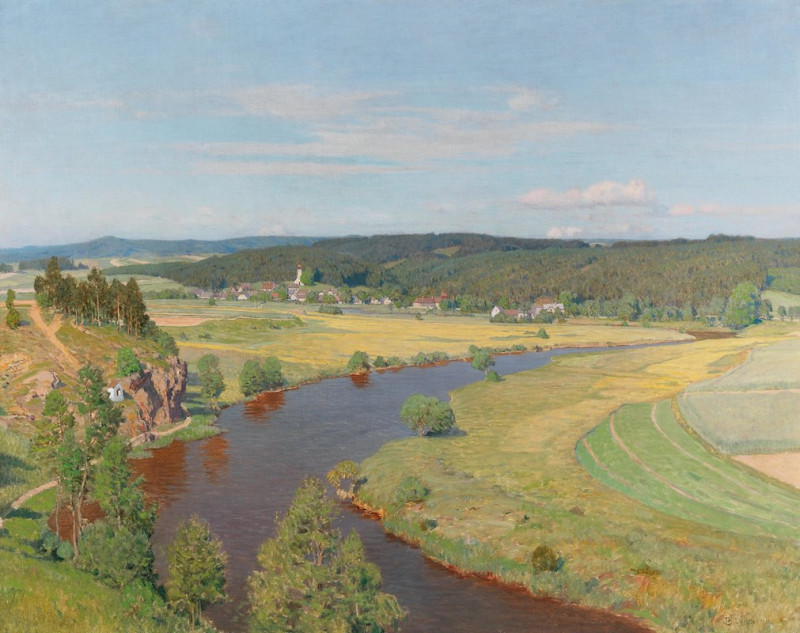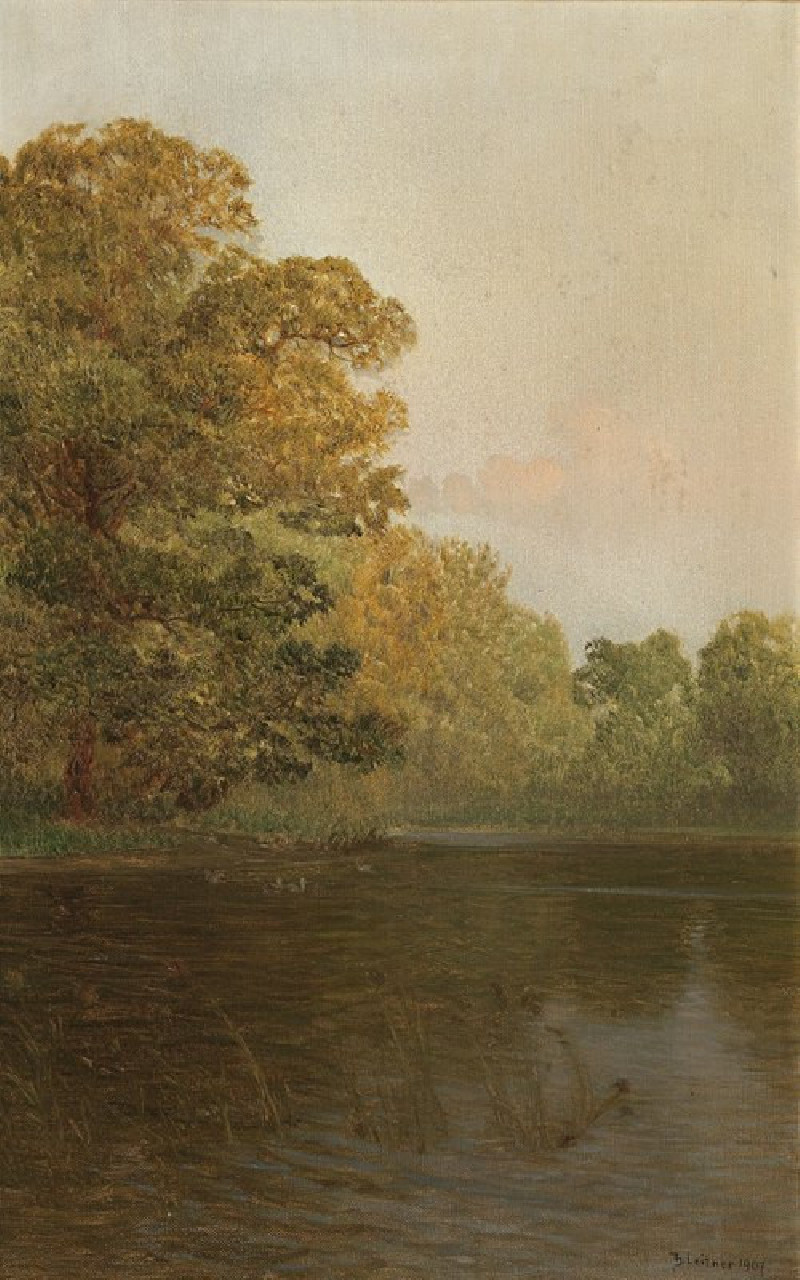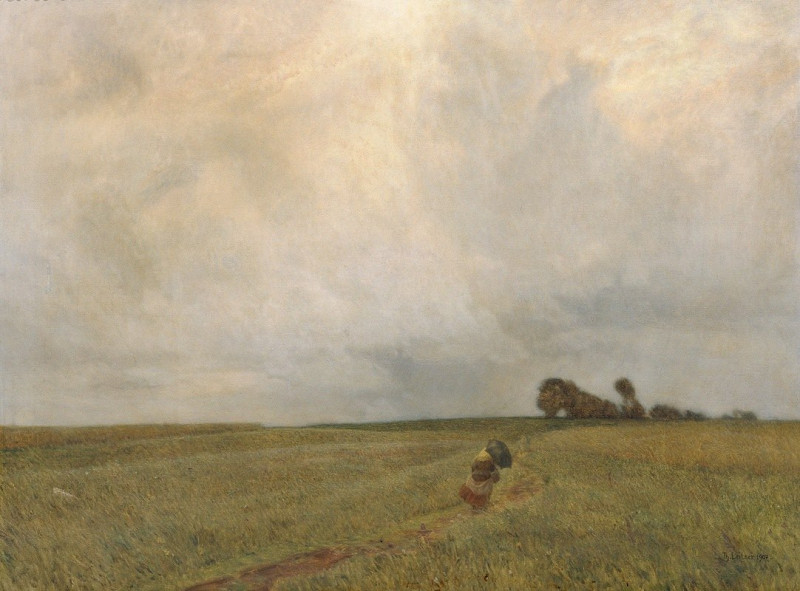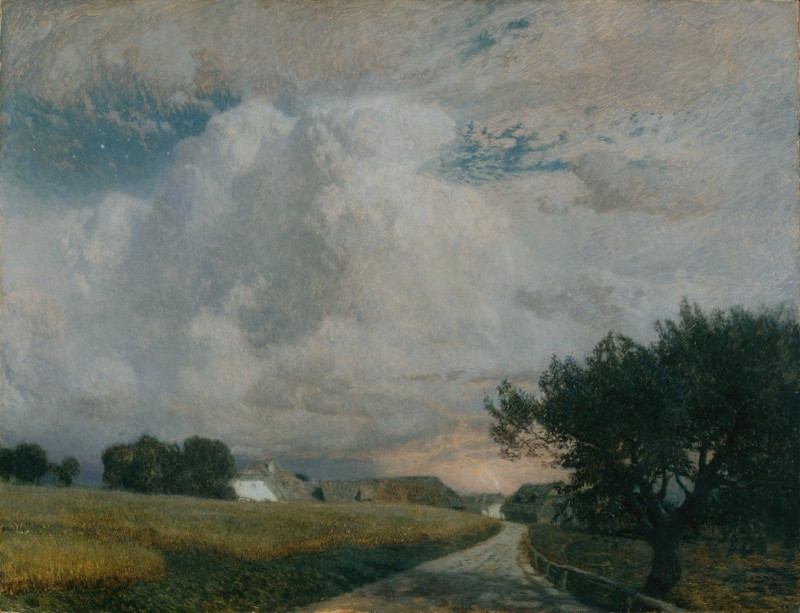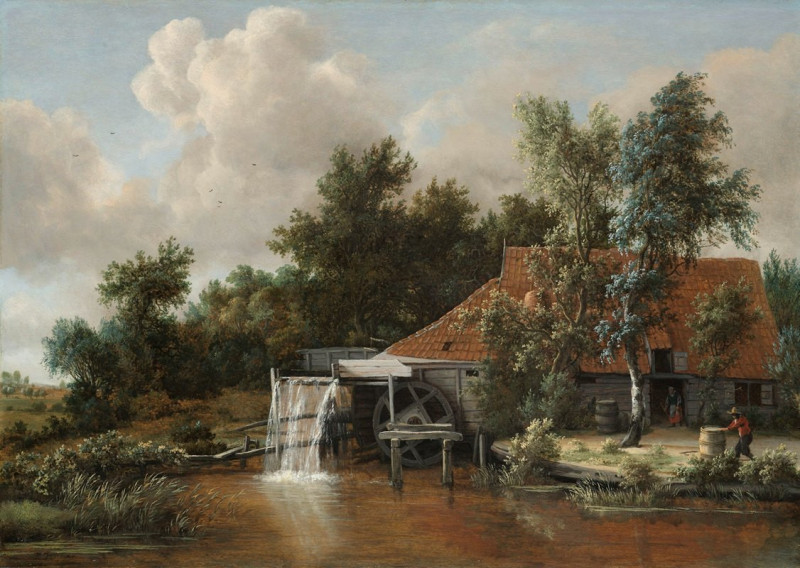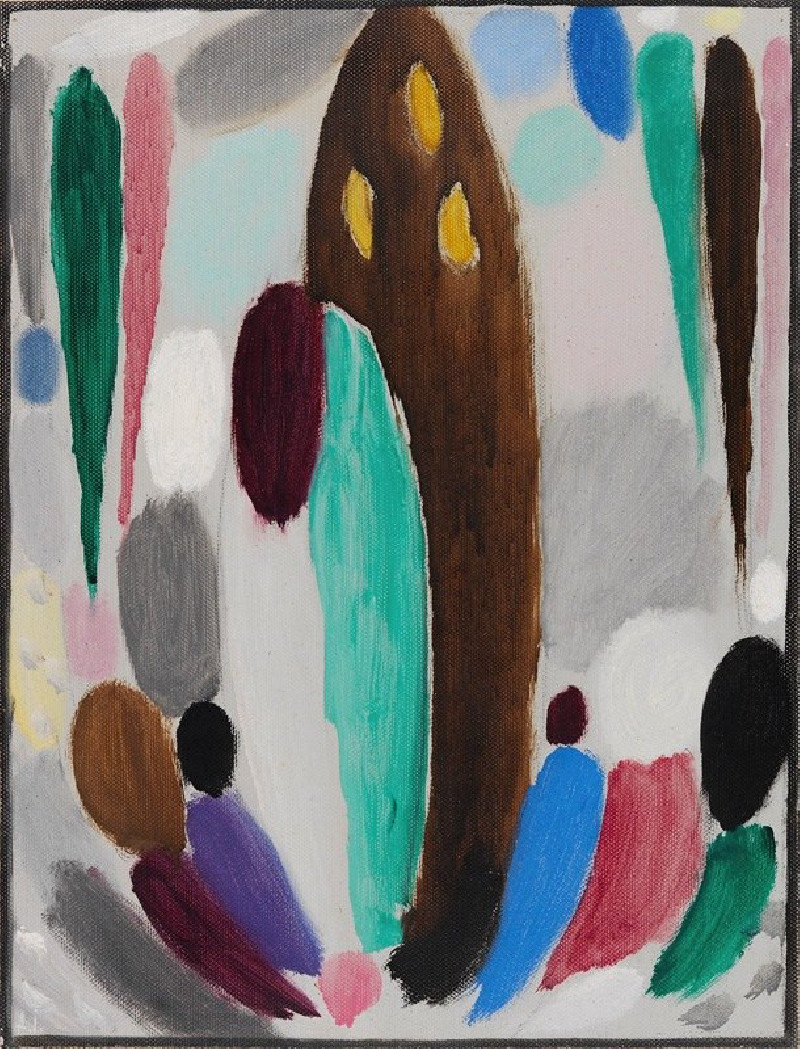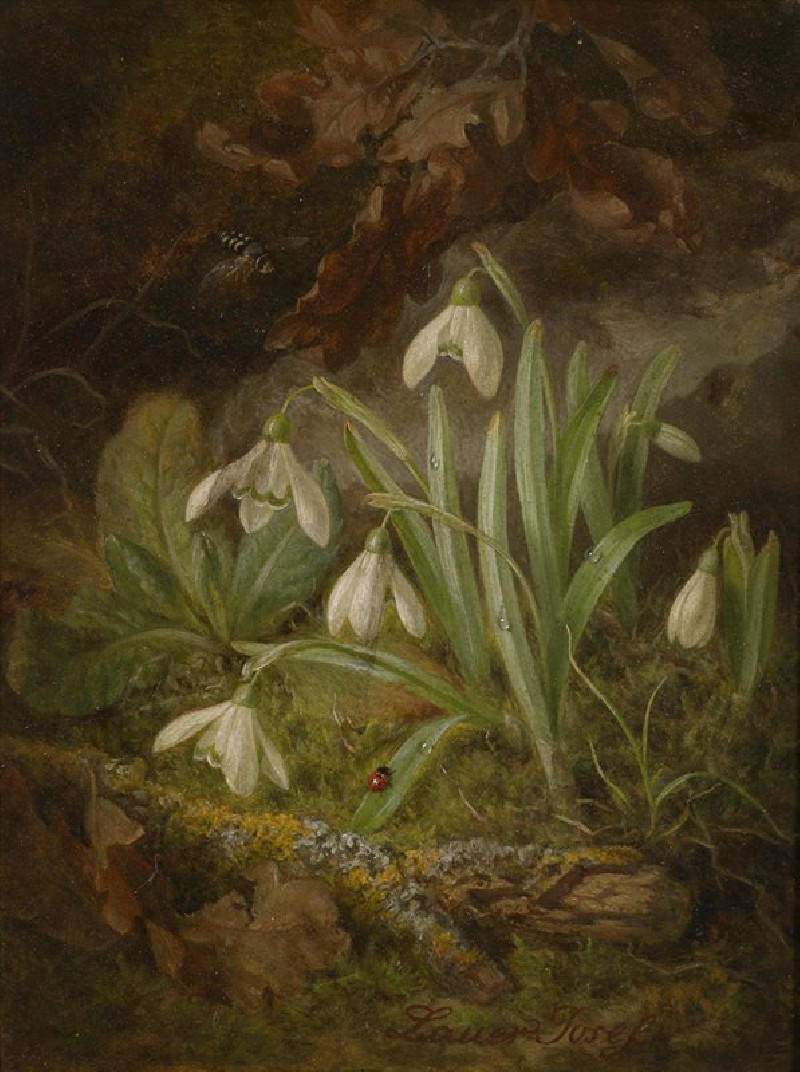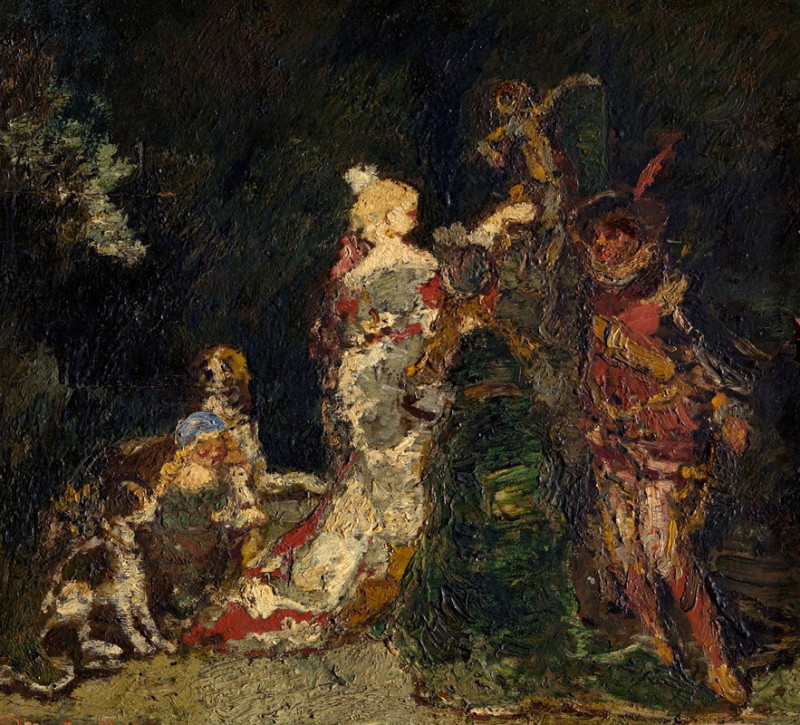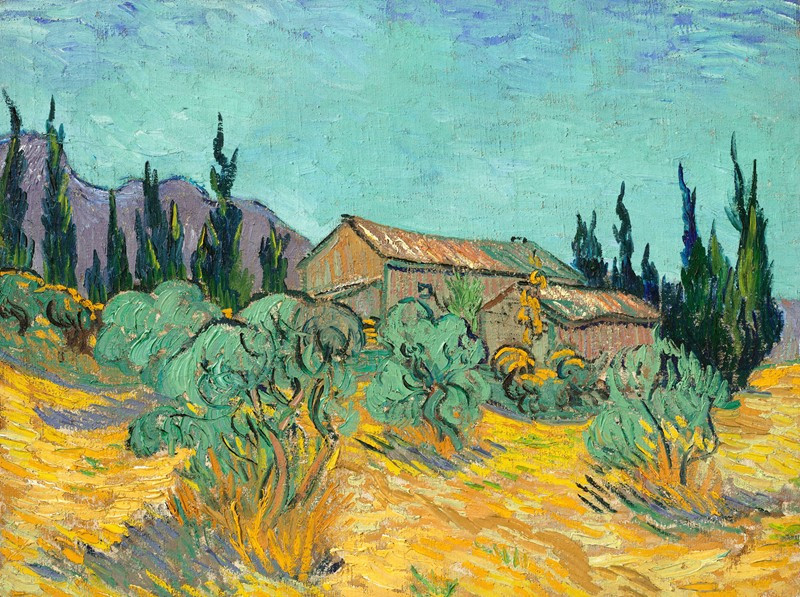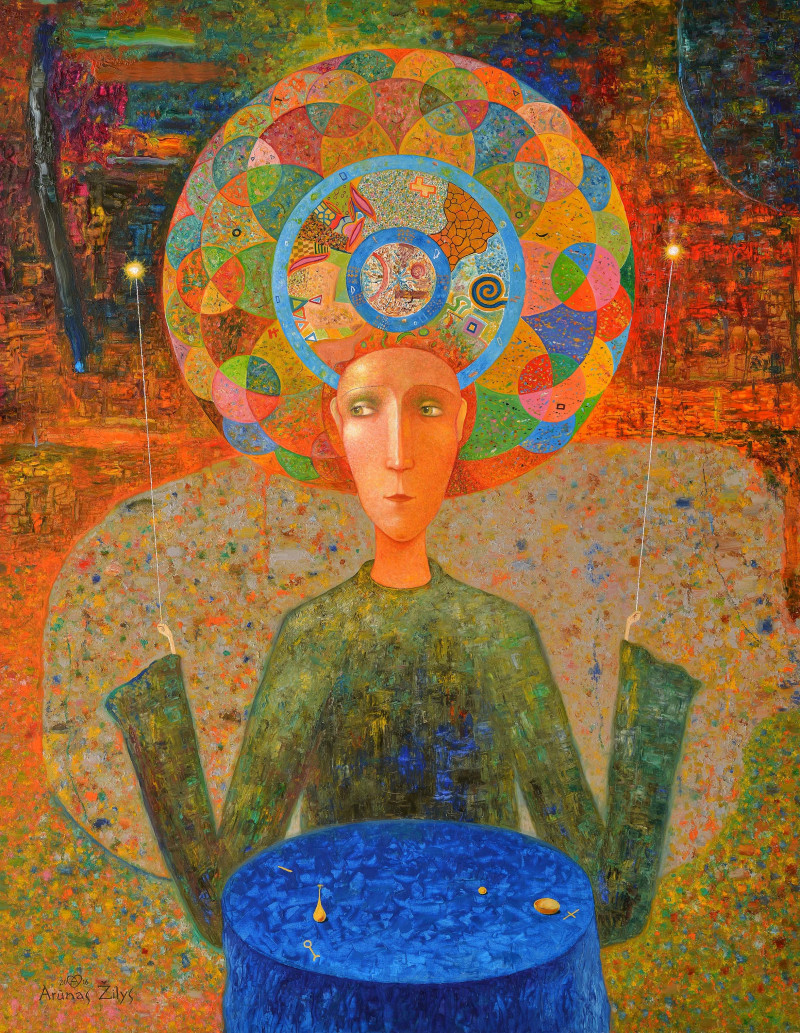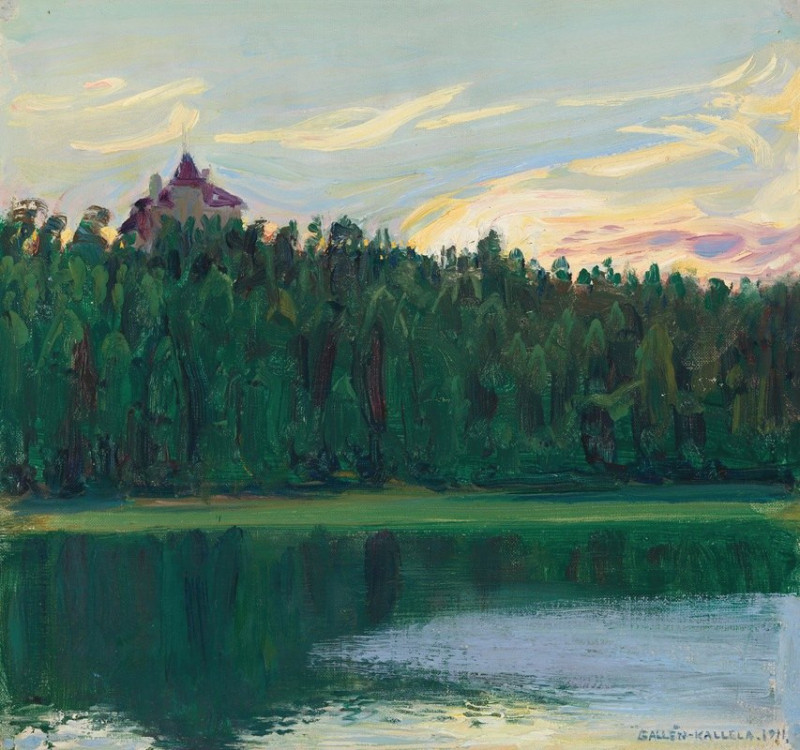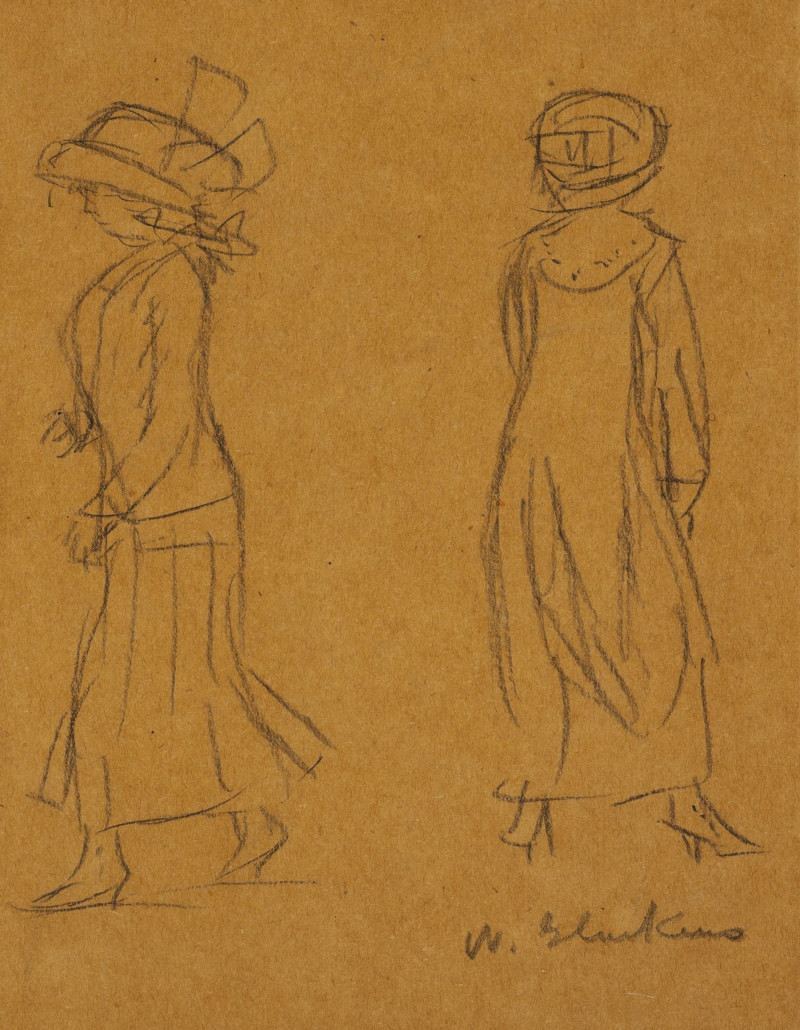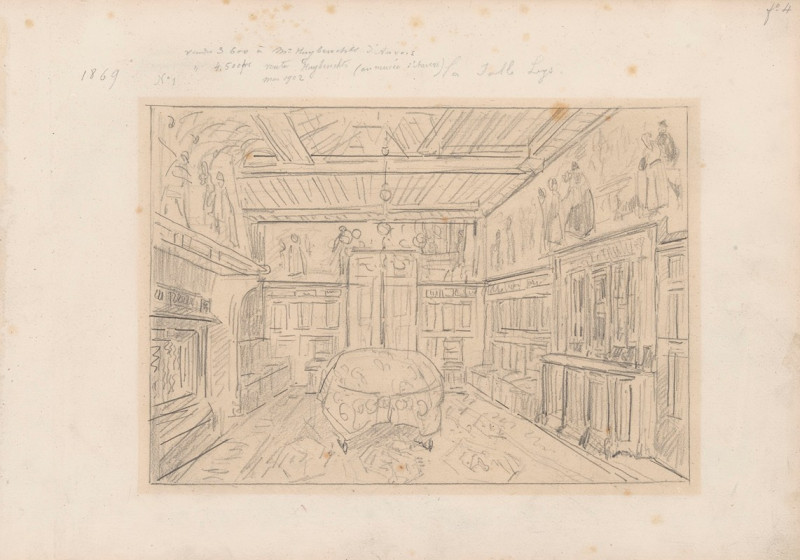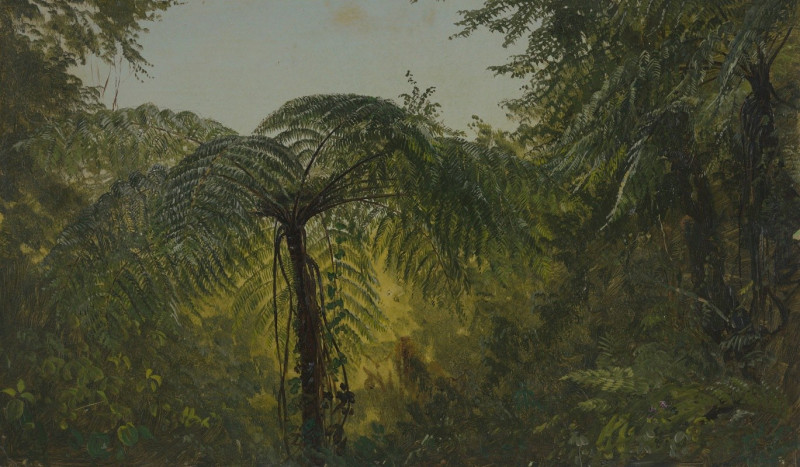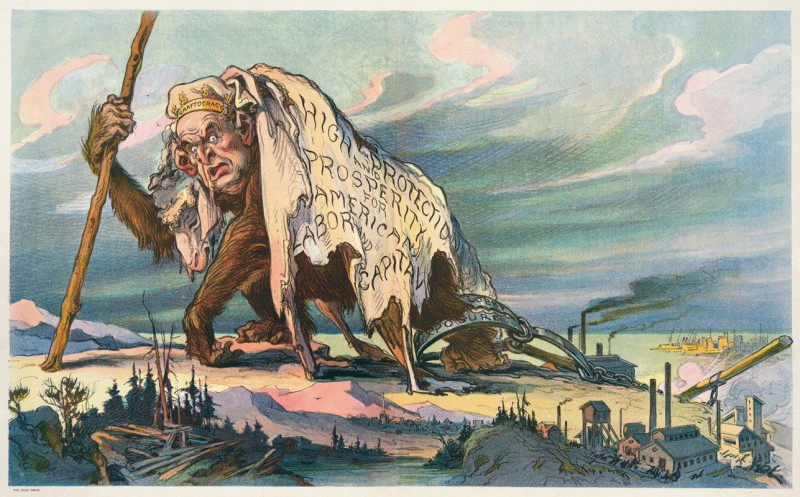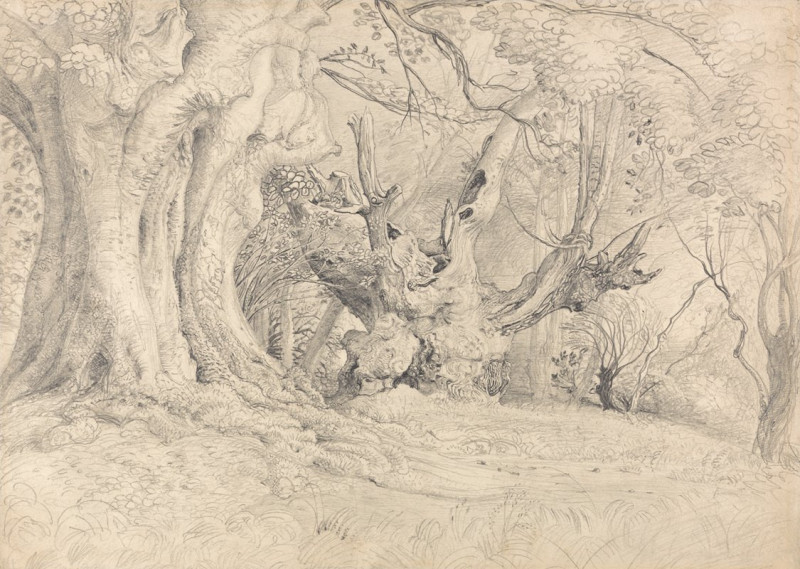Morgen
Technique: Giclée quality print
Recommended by our customers
More about this artwork
"Morgen," a compelling landscape painting by Thomas Leitner, invites viewers into a serene, natural setting bathed in the warm, gentle light of early morning. Painted in 1902, this artwork captures a tranquil moment by the water's edge, where a cluster of tall, slender trees stands regally. Their russet and green foliage, depicted with delicate brush strokes, reflects beautifully on the shimmering surface of the nearby water, enriching the scene with depth and tranquility.The sky, painted in soft shades of pink and light blue, suggests the break of dawn, a time of day known for its quiet beauty and promise of new beginnings. The gentle gradient of the sky and the subtle reflections in the water showcase Leitner's skill in rendering light and atmosphere."Morgen" is more than just a visual treat; it's a meditation on peace and natural beauty, encouraging viewers to pause and reflect on the quiet majesty of the natural world.
Delivery
Returns
Thomas Leitner, born in 1876, was an Austrian landscape painter who studied with Franz Rumpler at the Vienna Academy from 1893 to 1905. He painted in the style of mood painting, but also created works in natural symbolism. After finishing the academy, he went on study trips to Italy and Dalmatia. He won the Rome Prize and became a member of the Vienna Künstlerhaus in 1908. Here he often exhibited among others. During the First World War, he worked as a war painter in the Ortler area, in Eastern Galicia and in Capodistria. In 1911 he moved to Waidhofen an der Thaya, where he also received honorary citizenship. He died in Waidhofen an der Thaya in 1949.

